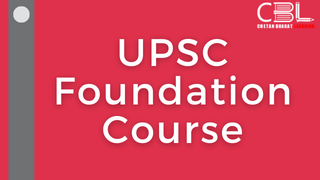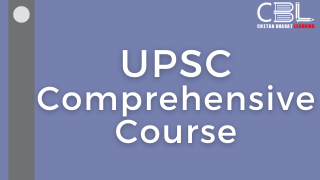Context: Japan, South Korea mend ties in landmark regional shift
Important for
Prelims:
Mains:
- Shuttle diplomacy refers to a type of diplomacy where a mediator travels back and forth between two or more parties in order to facilitate negotiations and resolve disputes. It is often used when direct talks between the parties are not possible due to political, geographical, or security reasons.
- E.g., Efforts made by then-U.S. Secretary of State Henry Kissinger in the 1970s to negotiate peace between Israel and Egypt. Kissinger flew back and forth between Jerusalem and Cairo, meeting with leaders from both sides, in order to broker a ceasefire and ultimately the Camp David Accords.
- Present context: More recently, the term “shuttle diplomacy” has been used to describe the efforts made by Japanese Prime Minister Fumio Kishida and South Korean President Yoon Suk Yeol to mend ties between their two countries.
- Context: The India-UAE Comprehensive Economic Partnership Agreement (CEPA) has had a significant impact on bilateral trade between the two countries since its implementation in May 2022.
- It is expected to increase the total value of bilateral trade in goods to over USD 100 billion and trade in services to over USD 15 billion within five years.
- India-UAE Trade relations:
- United Arab Emirates (UAE) is India’s 3rd largest trading partner, after the United States and China, with a bilateral trade turnover of USD 68 billion in 2021. The UAE is also the 7th largest investor in India.
What is a CEPA?
A Comprehensive Economic Partnership Agreement (CEPA) is a bilateral or multilateral trade agreement between countries aimed at promoting economic cooperation and integration by reducing barriers to trade and investment.
Difference between CEPA, CECA, and FTA:
| Aspect | CEPA (Comprehensive Economic Partnership Agreement) | CECA (Comprehensive Economic Cooperation Agreement) | FTA (Free Trade Agreement) |
| Definition | A comprehensive trade agreement that covers goods, services, and investments. | It covers a wide range of areas, such as trade, investment, technology, and cultural exchanges. | A trade agreement that eliminates or reduces tariffs and other barriers to trade in goods between two or more countries. |
| Level of integration | High level of integration as it covers not only trade in goods but also services, investments, and other areas of cooperation. | Medium level of integration as it covers a wide range of areas but not as comprehensive as CEPA. | Low level of integration as it only covers trade in goods and doesnot include services or investments. |
| Examples | India-Singapore CEPA, Japan-Indonesia CEPA, etc. | India-Korea CECA, India-Malaysia CECA, etc. | India-UK FTA |
Challenges that the India-UAE CEPA may face are:
- Competition from other existing trade agreements in the region
- Diverse business and cultural practices between the two countries
- The disparity in the level of development and economic size of the two countries
- Possible resistance from domestic industries in both countries
- Differences in regulatory standards and intellectual property protection.
Conclusion:
The trade between India and UAE has strengthened over the years, with the UAE becoming India’s closest geopolitical partner in the Arab world. Despite recent challenges, the bilateral ties between the two nations have proven resilient.
Prelims Question for Practice
Mains Question for Practice
Chetan Bharat Learning is the best institute in Chandigarh for UPSC IAS ,PCS preparation. To know more about Chetan Bharat Learning’s Online & Classroom Courses, click on the following links:




Leave a Reply
You must be logged in to post a comment.